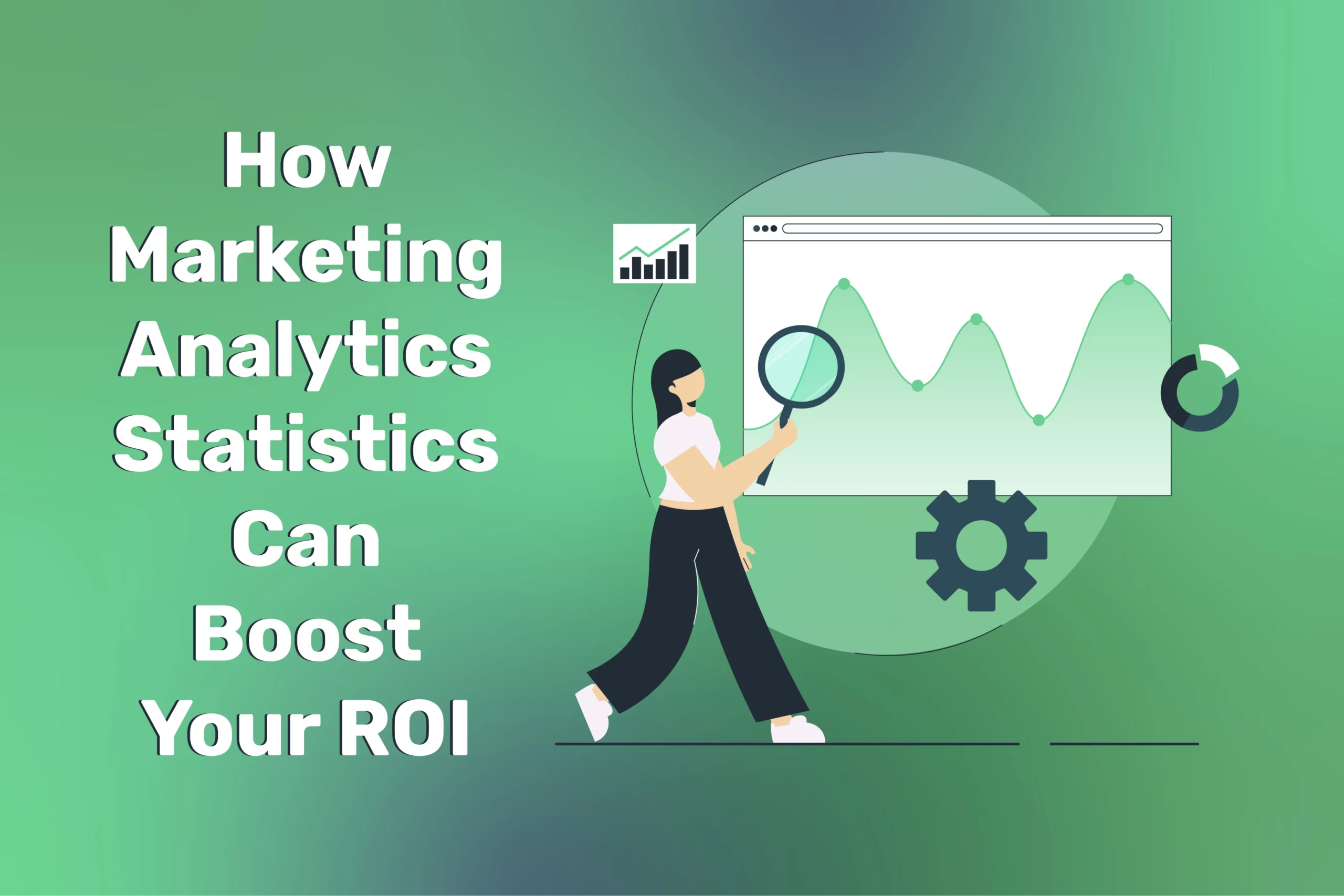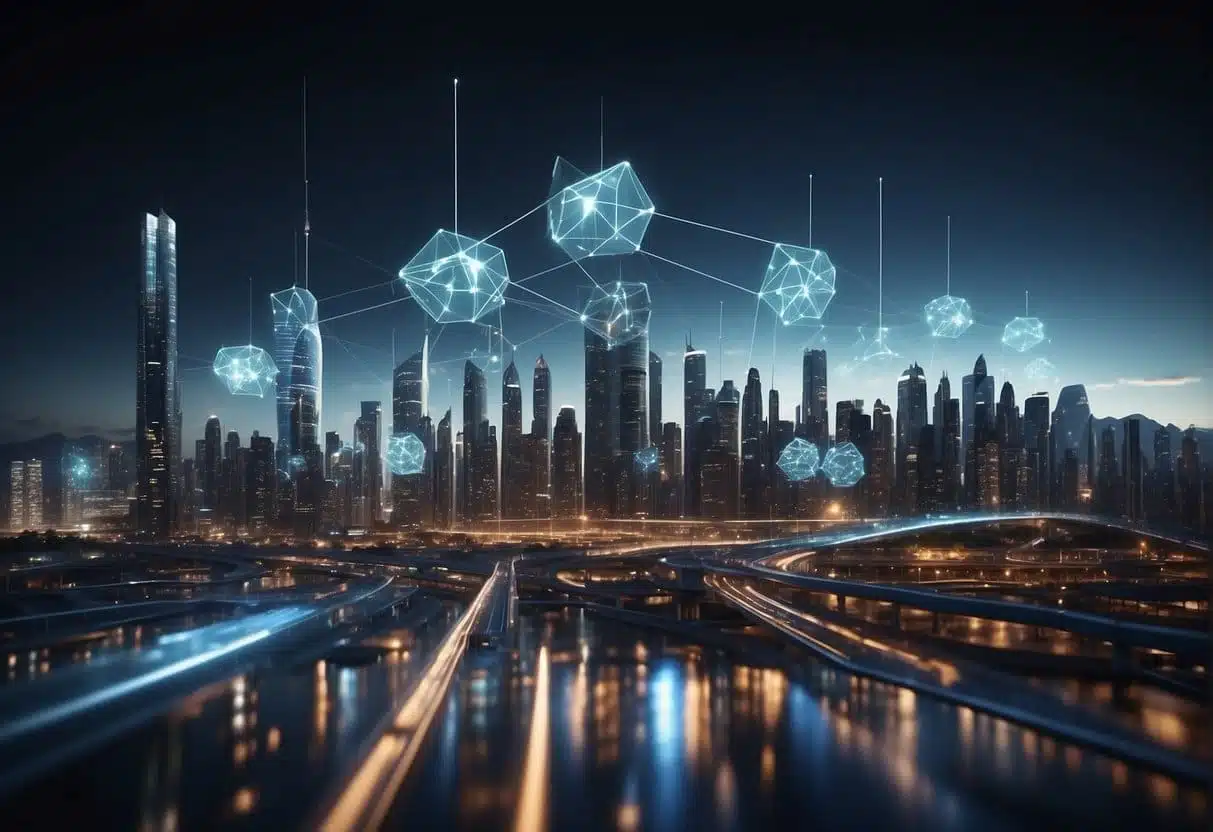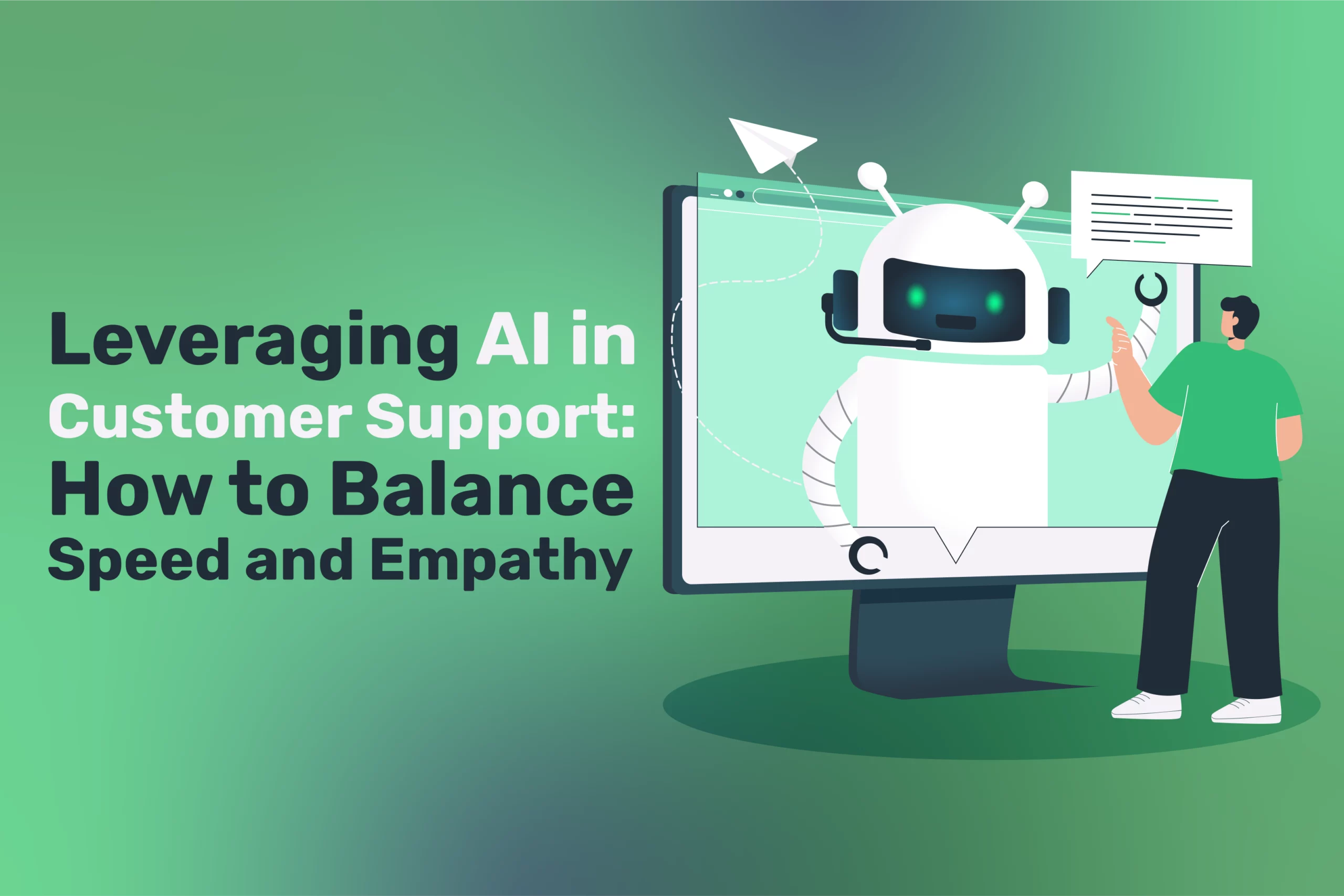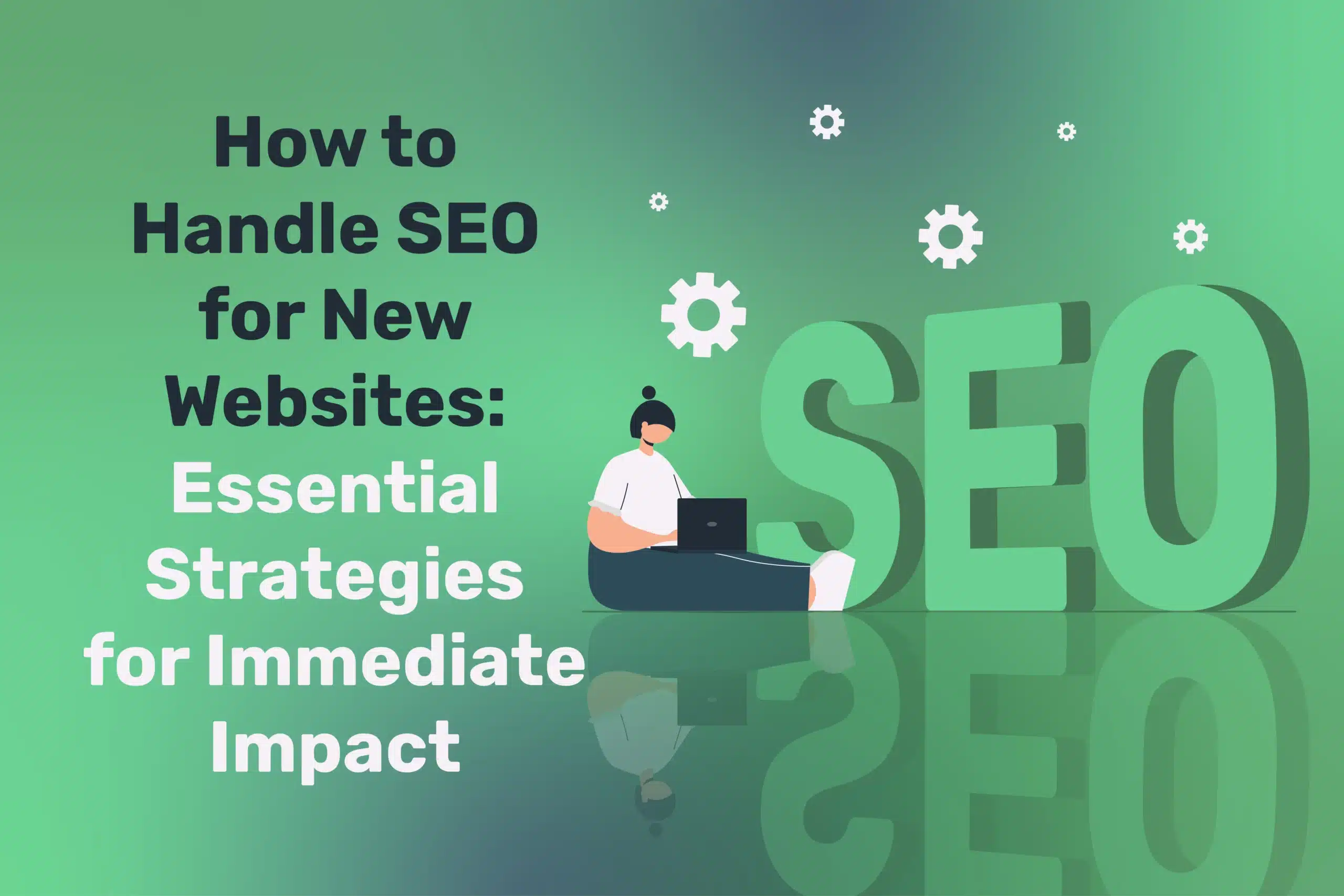
AI vs Human Web Designers: Where Each Shines
Table of Contents
The debate between AI vs human web designers intensifies as AI website builders proliferate across the digital landscape. While businesses are enticed by AI’s speed, cost savings, and automation, expert human designers bring creativity, brand nuance, and advanced problem-solving capabilities that technology cannot yet replicate. This comprehensive guide explores where AI excels, where human designers remain indispensable, and how organisations across Northern Ireland, Ireland, and the UK might adopt a hybrid approach to maximise benefits from both worlds.
The Evolving Web Design Landscape
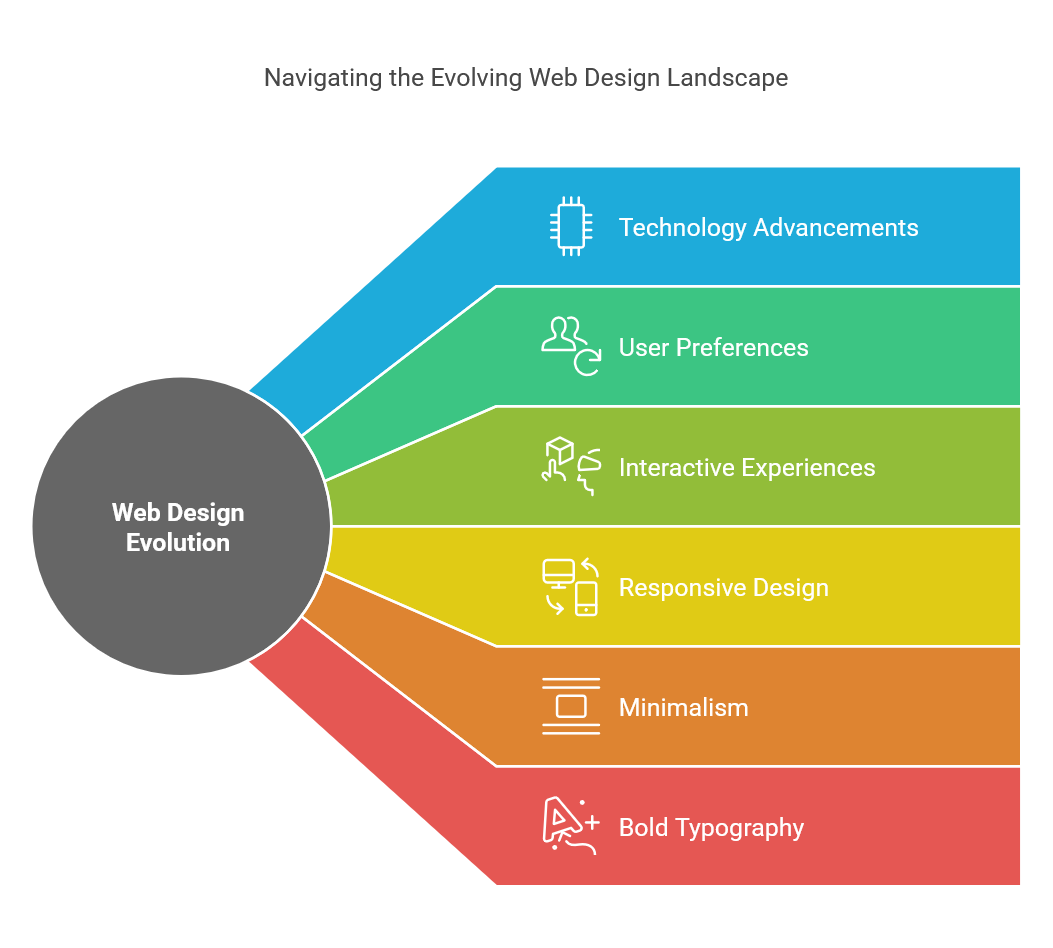
Web design is rapidly evolving, driven by AI tools and platform advancements. While AI offers speed and cost-efficiency, human designers bring creativity and strategic insight, leading to a dynamic shift in how businesses approach website development.
Industry Transformation
The web design industry is experiencing a fundamental shift as AI technologies mature:
- Traditional agencies now compete directly with sophisticated automated solutions
- SMEs and startups face broader options with varying price points and capabilities
- DIY website creation has become increasingly accessible to non-technical users
- Design expectations continue to rise despite budget constraints
- Time-to-market pressure intensifies in competitive digital environments
We’re witnessing a significant evolution in web design approaches,” notes Ciaran Connolly, Director of ProfileTree. While AI tools offer remarkable efficiency and accessibility, we’ve found that the most successful implementations combine these technologies with strategic human input to create truly distinctive digital experiences.
Budget Considerations in Northern Ireland and UK Markets
Organisations throughout Belfast, Derry, and across the UK face important financial decisions:
- AI website builders: Typically £10-£50 monthly subscriptions
- Freelance designers: Project fees ranging from £500-£5,000
- Boutique agencies: Mid-range custom websites from £3,000-£10,000
- Full-service agencies: Comprehensive solutions starting from £8,000-£30,000+
- Ongoing maintenance: Significant cost variation between automated and human-supported options
These financial implications are particularly relevant to small businesses in Northern Ireland and regional UK markets, where budgets may be more constrained than in major metropolitan areas.
Experience, Expertise, Authoritativeness and Trustworthiness (E-E-A-T) Impact
Google’s quality evaluation framework emphasises authentic, credible online presence:
- Sites created entirely by AI risk appearing generic and lacking brand personality
- Human designers can infuse genuine expertise and local market understanding
- Automated content often lacks the depth that demonstrates true authority
- Trust signals require nuanced implementation that AI may not prioritise effectively
- Global AI platforms may overlook UK and Ireland-specific trust factors
The Strengths of AI Website Builders
AI website builders offer significant advantages, including speed, cost-efficiency, and ease of use. These platforms allow businesses to quickly create functional, responsive websites without requiring technical expertise, making them an appealing option for many.
Remarkable Speed and Efficiency
AI website builders dramatically compress development timelines:
- Initial site generation: Functional multi-page websites are created within minutes
- Template variety: Hundreds of industry-specific designs are instantly available
- Content population: AI suggests relevant text and image placements
- Responsive design: Automatic optimisation for mobile, tablet and desktop
- Feature integration: Common functions implemented with minimal configuration
This acceleration provides a significant competitive advantage for businesses requiring rapid online presence—such as new ventures or time-sensitive campaigns.
Technical Barrier Elimination
AI platforms remove technical hurdles that traditionally limited non-developers:
- No coding knowledge is required for building comprehensive websites
- Complex technical elements handled automatically (responsive design, browser compatibility)
- Built-in accessibility features ensure compliance with standards
- Pre-configured SEO elements supporting visibility in search engines
- Automated security implementations protecting business and customer data
This democratisation of web development empowers business owners across Northern Ireland and the UK to establish an online presence without technical expertise or specialised staff.
Cost-Effectiveness and Predictability
AI solutions offer significant financial advantages:
- Subscription-based pricing with predictable monthly costs
- No upfront development fees requiring substantial capital expenditure
- Scalable options growing with business needs
- Included hosting and maintenance, reducing hidden costs
- Bundled features (analytics, forms, e-commerce) avoid additional purchases
These financial benefits are particularly valuable for startups, small businesses, and organisations with limited technology budgets throughout Northern Ireland, Ireland, and the broader UK market.
Continuous Improvement Capabilities
Advanced AI platforms evolve with your business:
- Data-driven recommendations for layout and content improvements
- Conversion optimisation suggestions based on user behaviour
- Design trend updates keep sites current without manual redesign
- Feature expansion as new capabilities are added to the platform
- Performance monitoring with automated enhancement recommendations
These improvements help businesses maintain a competitive digital presence without additional investment in redesign projects.
Limitations of AI Website Design
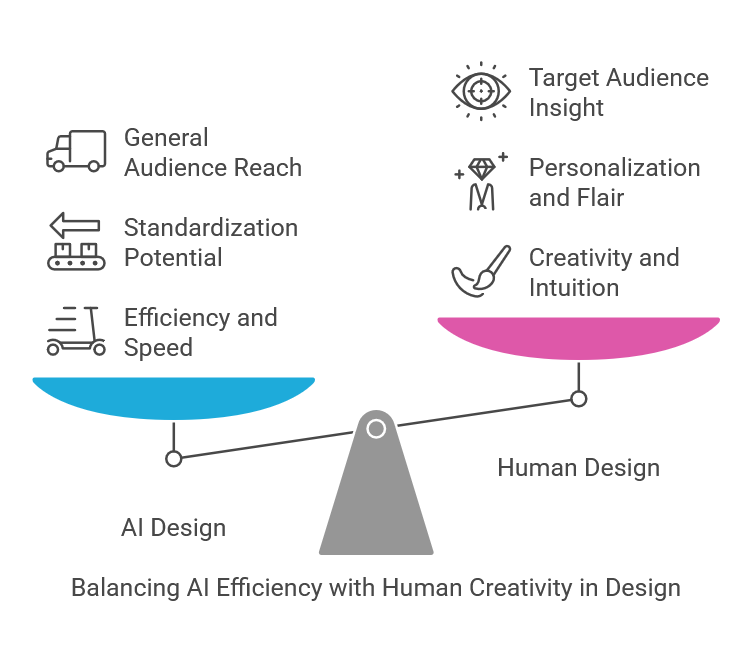
While AI website builders are efficient, they have limitations, including a lack of creativity, brand differentiation, and flexibility. These tools often struggle to deliver unique, customised designs and may not fully address complex business needs.
Design Homogenisation Concerns
AI-generated websites often lack distinctive visual identity:
- Template foundations result in structural similarities across sites
- Limited creative deviation from established design patterns
- Industry-specific conventions applied broadly without nuance
- Recognisable design signatures revealing AI-generated origins
- Component reuse across multiple websites in the same sector
These similarities can undermine efforts to establish unique market positioning for businesses in competitive UK markets seeking brand differentiation.
Creative Constraint Challenges
AI tools operate within predefined parameters that restrict innovation:
- Design thinking limitations due to algorithm-based decision-making
- Creative exploration boundaries set by existing templates and components
- Innovative interaction constraints limiting unique user experiences
- Visual expression restrictions reducing brand personality opportunities
- Trend-setting impossibility as AI follows rather than creates design movements
Organisations looking to pioneer distinctive brand experiences or industry-specific innovations often find AI solutions overly restrictive.
Complex Brand Strategy Interpretation
Sophisticated brand positioning exceeds current AI capabilities:
- Nuanced brand voice translation into visual and interaction design
- Audience-specific user journey crafting for multiple customer segments
- Psychological and emotional design considerations supporting brand values
- Market positioning subtleties differentiating from specific competitors
- Cultural context adaptation for regional Northern Ireland or UK sensitivities
These strategic brand elements require human interpretation and creative problem-solving that AI cannot replicate.
Emerging Trend Limitations
AI systems lag behind cutting-edge design developments:
- Training data delay as AI learns from existing rather than emerging design
- Cultural shift blindness as societal changes affect design preferences
- Brand movement recognition gaps as industries evolve visual languages
- Interaction paradigm advancements not yet incorporated into AI models
- Regional design trend variations across UK markets that AI may miss
This delay represents a significant disadvantage for forward-thinking brands wanting to leverage the latest design approaches.
Human Designer Strengths and Advantages
Human designers bring unparalleled creativity, strategic insight, and technical expertise. They can craft unique, tailored websites that align with a brand’s identity and business goals, offering a level of customisation and problem-solving that AI cannot replicate.
Unparalleled Creative Innovation
Professional designers bring unique creative capabilities:
- Boundary-pushing design concepts beyond established patterns
- Bespoke visual language creation specific to individual brands
- Unexpected creative solutions to complex business challenges
- Cross-discipline inspiration application drawing from broader design fields
- Imagination and intuition drive truly original concepts
These creative qualities enable the development of websites that capture attention and create memorable brand experiences that stand out in crowded markets.
Comprehensive Brand Discovery and Strategy
Human designers engage deeply with brand fundamentals:
- In-depth discovery workshops uncovering core brand values and vision
- Competitor landscape analysis identifying differentiation opportunities
- Customer research interpretation informing design strategy
- Strategic business goal alignment with design decisions
- Brand narrative development expressed through visual and interactive elements
This strategic foundation ensures websites are practical business tools rather than attractive digital brochures.
Advanced Technical Problem-Solving
Complex technical challenges require human expertise:
- Custom functionality development for specific business requirements
- System integration complexity connecting multiple platforms and services
- Performance optimisation for particular content and user scenarios
- Advanced e-commerce implementation with custom purchasing workflows
- Security requirements for regulated sectors like finance or healthcare
These technical capabilities enable websites that precisely match business processes and requirements rather than forcing businesses to adapt to platform limitations.
Authentic E-E-A-T Implementation
Human designers effectively support quality and trust signals:
- Genuine brand storytelling highlighting authentic business history
- Credible expertise presentation through thoughtful content display
- Authority-building content strategies integrated into the design
- Trust-focused user experience with appropriate assurance elements
- Local relevance incorporation for Northern Ireland and regional UK businesses
These elements create professional websites and effectively communicate trust and credibility to users and search engines.
The Cost and Time Investment Reality
The cost and time required for web design vary significantly between AI tools and human designers. While AI platforms offer lower upfront costs and quicker setups, human-designed websites involve higher investment but deliver more customised, long-term value.
AI Website Builder Investment Profile
Understanding the actual cost of AI solutions:
Financial Investment:
- Free to £50 monthly subscription fees
- Additional costs for premium features or e-commerce capability
- Domain registration and premium integrations
- Potential design customisation expenses
- Transaction fees for online payments
Time Investment:
- Initial setup: 1-10 hours depending on complexity
- Content gathering and preparation: 5-20 hours
- Platform learning curve: 2-10 hours
- Configuration and customisation: 3-20 hours
- Testing and refinement: 2-5 hours
Total Resource Commitment:
- From launch decision to live website: Typically 1-2 weeks
- Financial commitment: £0-£600 first year plus time value
Human Designer Investment Profile
Professional design services investment structure:
Financial Investment:
- Freelancers: £500-£5,000 depending on complexity
- Small agencies: £3,000-£10,000 for custom websites
- Established agencies: £8,000-£30,000+ for comprehensive solutions
- Ongoing maintenance: £50-£500 monthly
- Additional development for new features: Variable project basis
Time Investment:
- Discovery and planning: 1-4 weeks
- Design concept development: 1-3 weeks
- Development and implementation: 2-8 weeks
- Content integration and refinement: 1-2 weeks
- Testing and launch preparation: 1-2 weeks
Total Resource Commitment:
- From project initiation to launch: Typically 1-4 months
- Financial commitment: From £3,000 upwards plus time value
Value Proposition Comparison
Different approaches suit different business scenarios:
AI Builder Value Proposition:
- Ideal for startups and businesses requiring an immediate online presence
- Suitable for organisations with minimal budgets
- Effective for testing business concepts before more considerable investment
- Appropriate for simple informational websites
- Valuable for temporary campaign or event websites
Human Designer Value Proposition:
- Essential for brands where design is a key differentiator
- Crucial for complex e-commerce or application-like websites
- Important for businesses in highly competitive markets
- Valuable for organisations with specific technical requirements
- Necessary for regulated industries with compliance needs
Real-World Application: Belfast Retail Business Scenario
To illustrate the practical impact, we explore a Belfast-based retAIl business and compare the outcomes of using an AI website builder versus engaging a human designer, highlighting the differences in cost, time, and overall effectiveness.
Business Context
Consider a mid-sized speciality retailer in Belfast with both physical and online sales channels:
- Established a local presence with the loyal customer base
- Looking to expand e-commerce capabilities
- Moderate marketing budget with a focus on ROI
- Unique product offering requiring effective showcasing
- Competing with both local shops and national chains
AI-Powered Approach Scenario
Implementing an AI website builder solution:
Implementation Process:
- The selected e-commerce-focused AI platform
- Uploaded product catalogue with images and descriptions
- Configured payment and shipping options for Northern Ireland and the UK
- Applied essential branding elements (logo, colours)
- Launched within one week of starting the project
Outcomes and Limitations:
- Professional-looking website with standard e-commerce functionality
- Mobile-responsive design working well on all devices
- Limited ability to showcase product uniqueness effectively
- The standard checkout process is not optimised for specific customer needs
- Recognisably similar to other websites in the same sector
- Essential integration with existing business systems
Resource Investment:
- Approximately £50 monthly subscription
- Staff time of roughly 30 hours for setup and configuration
- Ongoing maintenance of 5-10 hours monthly
Human-Designed Approach Scenario
Engaging a professional web design agency:
Implementation Process:
- Comprehensive discovery workshop exploring brand and customer needs
- Custom design concept development with multiple revisions
- Bespoke development with unique product showcase features
- Tailored checkout process optimised for specific customer preferences
- Integration with inventory and accounting systems
- Launched approximately 8 weeks after project initiation
Outcomes and Strengths:
- Distinctive website design reinforcing brand uniqueness
- Custom product visualisation features increase the conversion rate
- Personalised user experience based on customer purchase history
- Seamless integration with in-store loyalty programme
- Optimised for Northern Ireland and UK market specifics
- Advanced analytics providing actionable business insights
Resource Investment:
- Project cost approximately £12,000
- Staff time of roughly 40 hours for collaboration and content provision
- Ongoing maintenance agreement of £200 monthly
Comparative Analysis
Different approaches yielded distinctly different results:
Speed and Cost Efficiency:
- AI solution: Delivered basic functionality quickly at a lower initial cost
- Human solution: Required significant investment of time and resources
Customer Experience Quality:
- AI solution: Functional but generic user experience
- Human solution: Distinctive, optimised customer journey, increasing conversions
Business Integration:
- AI solution: Limited connection with existing business systems
- Human solution: Comprehensive integration creating operational efficiencies
Growth Capacity:
- AI solution: Constrained by platform limitations
- Human solution: Flexible foundation supporting business evolution
Brand Differentiation:
- AI solution: Limited ability to express brand uniqueness
- Human solution: Strong brand expression through custom design
Hybrid Approach Strategies
A hybrid approach combines the best of both worlds—AI’s efficiency and human designers’ creativity. This strategy allows businesses to optimise resources, balancing quick deployment with customised design improvements for a more tailored digital experience.
Leveraging Both AI and Human Expertise
Strategic combinations for optimal results:
AI Foundation with Professional Enhancement
Start with automation add human expertise:
- Launch with AI platform for immediate market presence
- Identify specific limitations affecting business performance
- Engage designer for targeted improvements to critical elements
- Implement custom code enhancements within the AI framework
- Maintain AI platform advantages while addressing key weaknesses
This approach works well for businesses needing quick deployment, followed by gradual improvement.
Designer-Guided AI Implementation
Expert direction with AI efficiency:
- Consult with a professional designer for strategic guidance
- Select the appropriate AI platform based on expert recommendation
- Receive design direction for platform customisation
- Implement custom assets designed by professionals
- Benefit from ongoing design consultation during website evolution
This hybrid model suits organisations with limited budgets but an appreciation for design expertise.
Functional Segmentation Strategy
Allocate resources based on business priority:
- Analyse business-critical website elements requiring customisation
- Implement custom-designed high-priority sections (homepage, product pages)
- Use AI-generated solutions for standard elements (blog, contact, about)
- Ensure design consistency across both approaches
- Focus human resources where they deliver maximum business impact
This approach optimises resource allocation for maximum return on investment.
E-E-A-T Implementation for Business Credibility
Building E-E-A-T (Experience, Expertise, Authoritativeness, and Trustworthiness) is essential for establishing credibility online. Whether using AI or human designers, integrating authentic, authoritative elements into a website strengthens trust and boosts its effectiveness in search rankings.
Building Genuine Experience Signals
Demonstrate real business experience regardless of development approach:
- Authentic company history with specific Northern Ireland or UK context
- Team profiles with actual credentials and professional photographs
- Case studies featuring real clients and measurable results
- Behind-the-scenes content showing genuine business operations
- Local community involvement demonstrating regional commitment
Whether using AI or human designers, these elements require business input to establish credibility.
Showcasing True Expertise
Effectively communicate specialist knowledge:
- Industry certifications and qualifications prominently displayed
- Educational content demonstrating knowledge depth in your field
- Thought leadership articles addressing industry challenges
- Specialised resource sections provide valuable information
- Professional association memberships relevant to your sector
These expertise signals require subject matter input regardless of the website development method.
Establishing Authoritative Presence
Reinforce business credibility through external validation:
- Media coverage and press mentions from respected publications
- Client testimonials from recognised organisations with full attribution
- Industry awards and recognition with verification details
- Partnership information with established businesses or institutions
- Speaking engagement history at relevant industry events
Authoritativeness requires genuine accomplishments that neither AI nor designers can create themselves.
Building Trust Through Transparency
Create confidence through clear communication:
- Comprehensive contact information with multiple channels
- Clear pricing and business policies without hidden details
- Explicit data handling information exceeding GDPR requirements
- Visible security measures protecting customer information
- Authentic customer reviews showing both positive feedback and constructive responses
These trust elements depend on business practices rather than website development methodology.
Future Outlook: The Evolving Relationship
As AI technology advances, its collaboration with human designers will continue to evolve, creating a more integrated approach to web design. The future will see both working together to deliver innovative, efficient, and highly personalised digital experiences.
AI Advancement Trajectories
How AI website development will likely evolve:
- Visual analysis capabilities interpreting existing brand materials
- Advanced natural language interfaces for design direction
- Context-aware design recommendations based on business type and goals
- Competitive differentiation algorithms ensuring unique results
- Integration with emerging technologies like AR/VR experiences
These developments will continue narrowing the gap between AI and human capabilities.
Evolving Collaborative Models
New partnership approaches between technology and humans:
- AI-enhanced design tools augmenting professional capabilities
- Real-time collaborative interfaces with AI suggest alternatives
- Human oversight of automated processes ensuring quality control
- Specialisation in areas AI cannot address, like emotional design
- Strategic direction with automated implementation separating concept from execution
These collaborative models will likely become the new standard in web development.
The Changing Role of Web Designers
How design professionals will adapt:
- Shift toward strategic consultation rather than production work
- Specialisation in advanced user experience beyond template capabilities
- Focus on brand strategy translation into digital experiences
- Expertise in emerging technology integration requiring human creativity
- Custom development for specific business requirements not met by platforms
As AI handles more production tasks, professional designers will evolve toward higher-value strategic work.
Making the Right Choice for Your Business
The decision between AI and human web designers isn’t binary—it’s about finding the right approach for your business needs, budget constraints, and market position.
AI website builders offer remarkable advantages in speed, cost, and accessibility, making digital presence more achievable than ever for small businesses and startups across Northern Ireland, Ireland, and the UK. They provide a practical solution for organisations requiring immediate online presence with limited resources.
Professional human designers continue to deliver irreplaceable value through creative innovation, strategic thinking, and technical problem-solving that AI cannot yet match. This human expertise remains essential for businesses where digital experience is a critical competitive differentiator.
For many organisations, the optimal approach combines elements of both, particularly those in competitive markets throughout Belfast, Dublin, and other regional centres. Strategic use of AI efficiency alongside targeted human expertise can deliver cost-effective and genuinely distinctive websites.
Ultimately, the most successful websites result not from the technology used to build them but from a clear understanding of business objectives, customer needs, and market positioning. Whether implemented through AI, human designers, or a hybrid approach, this strategic foundation remains the true determinant of digital success.
Conclusion: AI vs Human Web Designers
The web design landscape is rapidly evolving, with AI website builders offering businesses an accessible, cost-effective solution to establish their digital presence quickly. AI platforms’ speed and efficiency make them attractive, particularly for startups and small businesses with limited budgets. However, while AI excels in technical aspects like speed, cost, and automation, human designers bring invaluable creativity, strategic thinking, and advanced problem-solving that AI cannot replicate.
Businesses in Northern Ireland, the UK, and beyond increasingly adopt hybrid approaches, leveraging AI’s efficiency and human expertise for more customised and distinctive digital experiences. By combining the strengths of both AI and human designers, organisations can optimise their resources, minimise costs, and create websites that align with their unique brand identity and market needs.
The future of web design lies in the collaboration between AI and human designers. Both technologies are evolving to complement each other and deliver innovative, impactful websites that meet the needs of businesses and their customers. The key to success is understanding when to rely on AI’s strengths and when to turn to human creativity and strategy for a truly differentiated digital experience.
